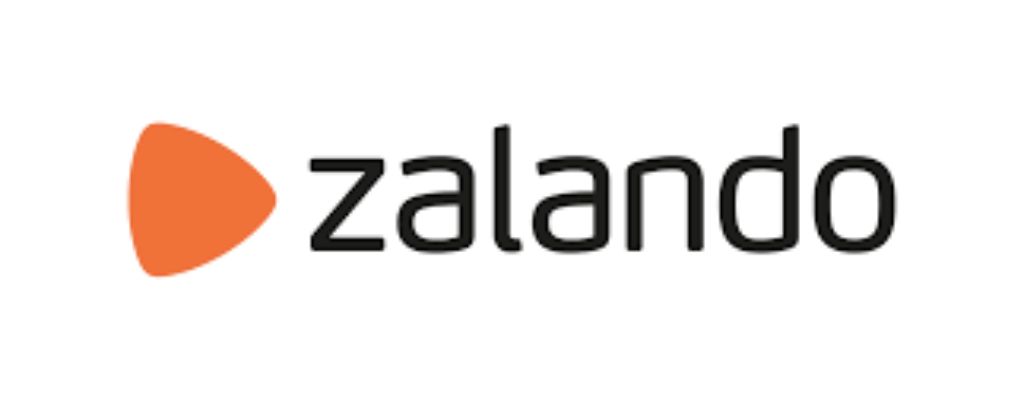The History of Zalando
Zalando began as a web-based retailer of fashion in 2004, when founder and CEO Stefan Glaser and his team launched the company from their Vienna apartments. In its early days, Zalando was focused on selling high-quality clothes to a niche audience of fashion enthusiasts.
As the company grew, it transitioned into an online marketplace that sold clothing from over 1,000 brands. In 2013, Zalando acquired Dutch e-commerce company Kooijmans. That same year, the company announced plans to open 500 stores across Europe by 2020.
What Makes Zalando Unique
Since its establishment in 2006, Zalando has grown from a startup to a global fashion powerhouse. The company has pioneered innovative e-commerce strategies and developed an extensive online store that offers an impressive range of products from top brands.
Zalando's success can be attributed to its innovative business model and strong customer focus. The company is known for its customer satisfaction ratings, which are among the highest in the industry. In addition, Zalando has developed an extensive loyalty program that rewards customers for their consistent patronage.
The company's approach to marketing is also noteworthy. Zalando focuses on creating unique content that attracts consumers to its website. Its social media presence is also highly active, which allows it to reach a wider audience.
Zalando's approach to e-commerce and marketing is unique and successful. The company has built a strong brand identity and enjoys high customer satisfaction ratings. It is poised for continued growth in the upcoming years
The Growth of Zalando
Zalando is a global fashion powerhouse, having grown from a startup to one of the world's largest online retailers in just over a decade.
Founded in 2006 by four friends in Berlin, Zalando quickly gained popularity for its innovative approach to selling clothes online. The company adopted an "everything-as-a-service" model, allowing customers to buy anything they could think of and have it delivered right to their door.
Zalando's rapid growth continued throughout the early years, with the company announcing plans to expand into China and Thailand in 2007 and 2008, respectively. In 2010, Zalando announced plans to open 300 new stores worldwide over the next three years.
By 2013, Zalando had become Germany's largest online retailer and was ranked as the No. 1 fashion retailer in Europe by Euromonitor International. That same year, Zalando announced plans to enter the Chinese market and opened its first store in Beijing later that year.
In 2014, Zalando announced plans to raise €1 billion in capital and go public on the Frankfurt Stock Exchange. The funding round was successful and marks the beginning of what has been an impressive transformation for the company: since going public, Zalando has expanded beyond clothing sales into other areas such as home goods and accessories, becoming a full-fledged lifestyle brand.
Expansion into Other Countries
Zalando, a German startup that grew to become one of the world’s largest fashion retailers over the past decade, is expanding into other countries. The company plans to open stores in France, Italy, Spain, and Portugal by 2020.
Zalando launched in 2002 as a platform for selling used clothes and accessories online. Founder Bastian Obermayer saw an opportunity to create a mall for secondhand items. Over time, the company branched out into new categories such as women’s fashion and beauty products. Today, Zalando operates more than 1,000 stores in 34 countries.
To compete with larger players like Amazon and H&M, Zalando has developed a unique strategy. The company doesn’t own any physical stores but instead uses its scale to negotiate lower prices with manufacturers and buy goods in bulk from wholesalers. This approach has helped it grow rapidly in Europe but has been less effective in other regions such as the United States.
Despite its challenges, Zalando remains one of the most successful startups of the past decade. In 2016, it was acquired by Spanish retailer Inditex for $2 billion (€1.8 billion).
Conclusion
The story of Zalando is one of growth, ambition, and success. The retailer started out as a startup in the late 2000s, and has since become one of the world's leading fashion retailers. In just over a decade, they've gone from being a small company to becoming a global powerhouse. This article takes a look at how Zalando managed to achieve such success, and offers some advice for aspiring entrepreneurs who are looking to make their mark on the world.




